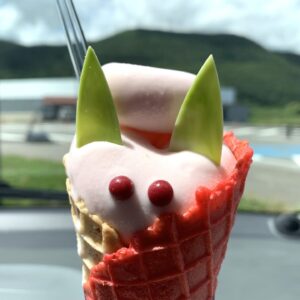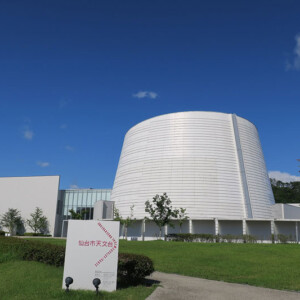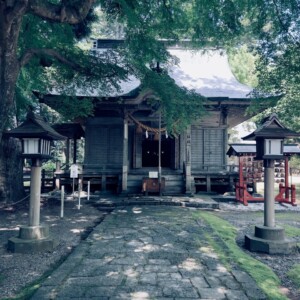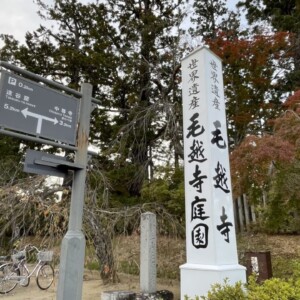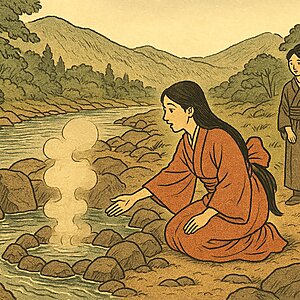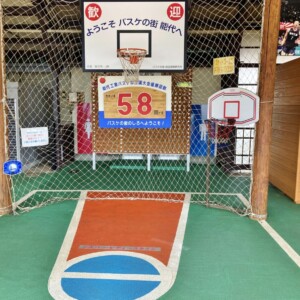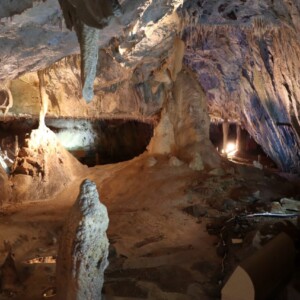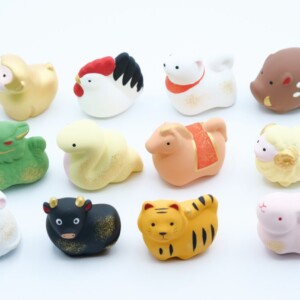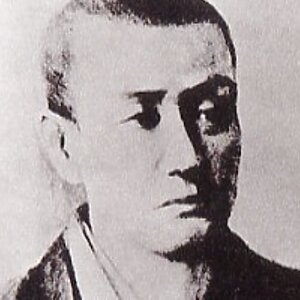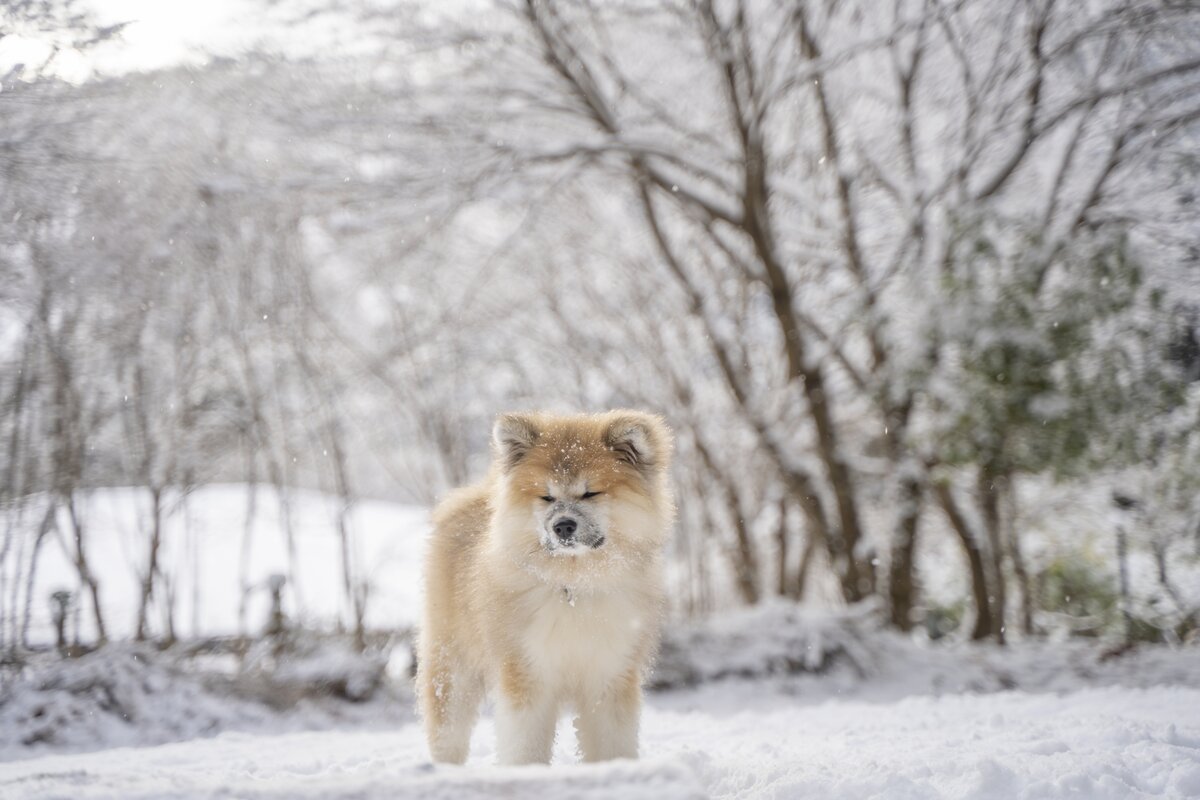
Akita dogs are treasures in Japan! The Akita Inu Preservation Society in Odate City strictly manages pedigree [Akita Prefecture]
table of contents
- 1 Akita dogs were raised as "hounds" and eventually improved as "fighting dogs."
- 2 The story of Hachiko, a loyal Akita dog known throughout the country.
- 3 Hachi waited for his owner to return home for 10 years, not knowing that his owner suddenly passed away at his place of work.
- 4 In addition to Shibuya Station, there is a bronze statue of a bee in Odate City, and a stuffed animal is on display at the National Museum of Nature and Science.
- 5 Six dog breeds, including the Akita Inu, have been designated as Tennen Monuments as native Japanese dogs.
- 6 In order to be recognized as an Akita Inu, there are examination standards similar to the constitution.
- 7 Akita dogs are more popular overseas than in Japan. The number of registrations in Japan is around 450 each year.
- 8 A facility where you can meet Akita dogs in Odate City
Odate City , Akita Prefecture is located in the middle basin of Yoneshirogawa, which crosses northern Akita Prefecture, and is bordered by Aomori Prefecture, and is located the northernmost municipality of Akita Prefecture.
Odate City is a basin (Odate Basin) surrounded by mountains on three sides, and in the northwest is a series of mountain forests that lead to the Shirakami Mountains, a World Natural Heritage Site, and about 80% of the area is forested. The city is located in the center of the basin along the Yoneshiro River, and the surrounding area is surrounded by farmland.
The climate is unique to the basin, with large temperature differences between hot summers and cold winters, and is one of the heaviest snowfall areas in Akita Prefecture. The average snow depth reaches approximately 2.5m.
Akita dogs were raised as "hounds" and eventually improved as "fighting dogs."
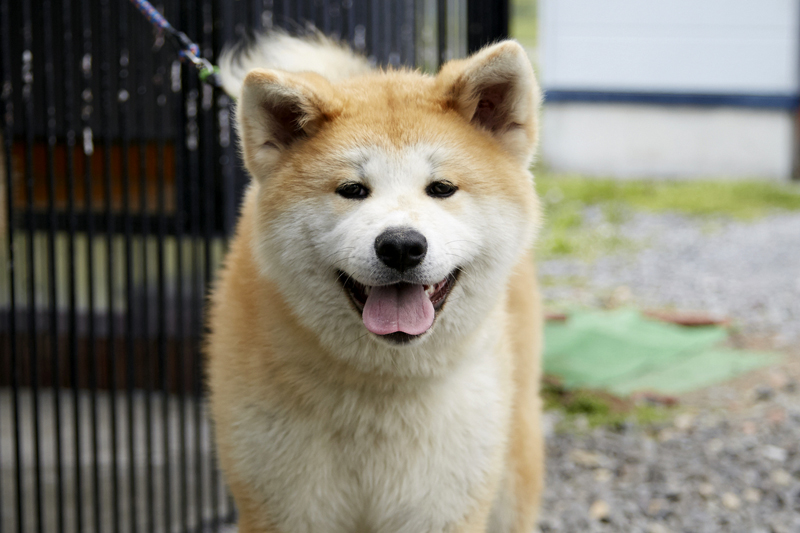
In the Odate region, many matagiri goats enter the mountains and make a living hunting, and they took their dogs as their partners.
It is unknown when it had lived there, but its partner was a large, strong body and was an Akita dog
In the Edo period, strong dogs were popular as fighting dogs, and it is said that mating with large dogs became more popular in order to improve them even more strongly.
Akita dogs are also becoming hybridized, and the number of purebred Akita dogs has decreased dramatically. In the second half of the Meiji period, public opinion among dog lovers who feared that the blood of native Japanese species, including Akita dogs, would end in the 2019 Meiji period, was established in 1919 (Taisho 8), the "Historical Sites Scenic Natural Memorials Preservation Act," a law that preserves the designation and preservation of natural monuments, .
As a result, were designated as the first natural monument in 1931 (Showa 6)
The story of Hachiko, a loyal Akita dog known throughout the country.
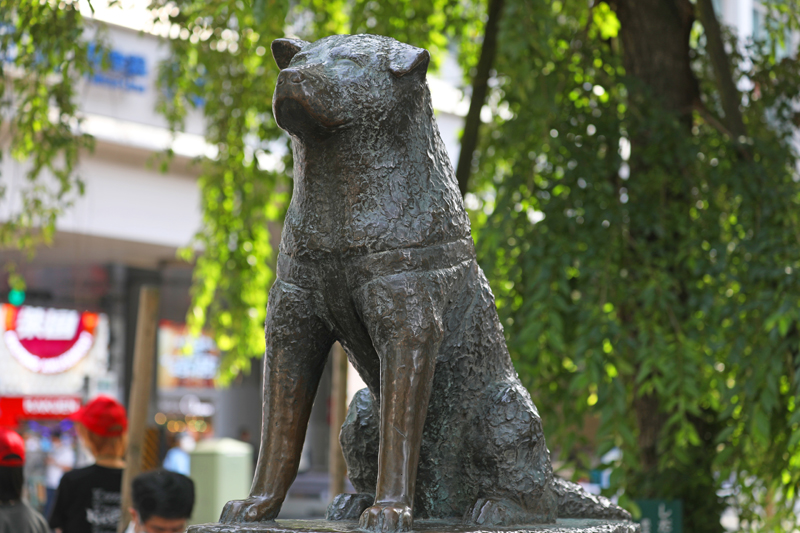
The most famous dog in Japan is Hachiko . People were moved by the sight of a bee who had been waiting for her husband to return for ten years in front of Shibuya Station on the JR Yamanote Line in Shibuya, Tokyo, and after his death, a bronze statue was built in front of Shibuya Station.
The statue of Hachiko, a loyal dog in front of Shibuya Station, is the second generation, and the first generation was melted due to a lack of metal during World War II.
This loyal dog Hachiko has her left ear hanging. The bees were originally ears, but in their later years they were bitten by a stray dog.
Hachi is a purebred Akita dog and was born in Odate City in November 1923 (Taisho 12) to his father, Oshiyama Oshiyama and his mother, Sesame.
The following year he moved to his owner, Dr. Ueno Eisaburo , a professor at the Faculty of Agriculture at Tokyo Imperial University
Hachi waited for his owner to return home for 10 years, not knowing that his owner suddenly passed away at his place of work.
Dr. Ueno loved Hachi, and Hachi, who was so attached to him, took him to and from Shibuya Station every day.
However, the doctor and Hachi's parting suddenly comes. In May 1925 (Taisho 14), the doctor passed away suddenly due to a cerebral hemorrhage during a lecture at university, and Hachi, who had no idea about this, waited forever at Shibuya Station.
It was only a year and four months after I met the doctor. Hachi was later left at an acquaintance's house near Shibuya Station, but he went to Shibuya Station every day and waited for the doctor to return home for 10 years.
Hachi was featured in a national newspaper and became known nationwide, and in his later years, staff at Shibuya Station seemed to take care of him. Hachi passed away due to illness in March 1935. He was later buried at the Aoyama Cemetery in Aoyama, Tokyo, where Dr.
In addition to Shibuya Station, there is a bronze statue of a bee in Odate City, and a stuffed animal is on display at the National Museum of Nature and Science.
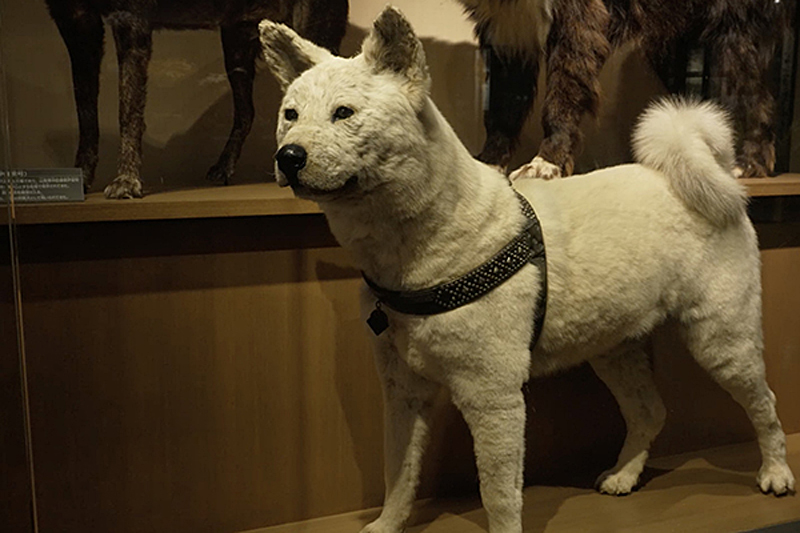
The bees have been stuffed and are on display on the second floor of the Japan Building at the Tokyo National Museum It is a valuable stuffed dog that is pure Akita dog.
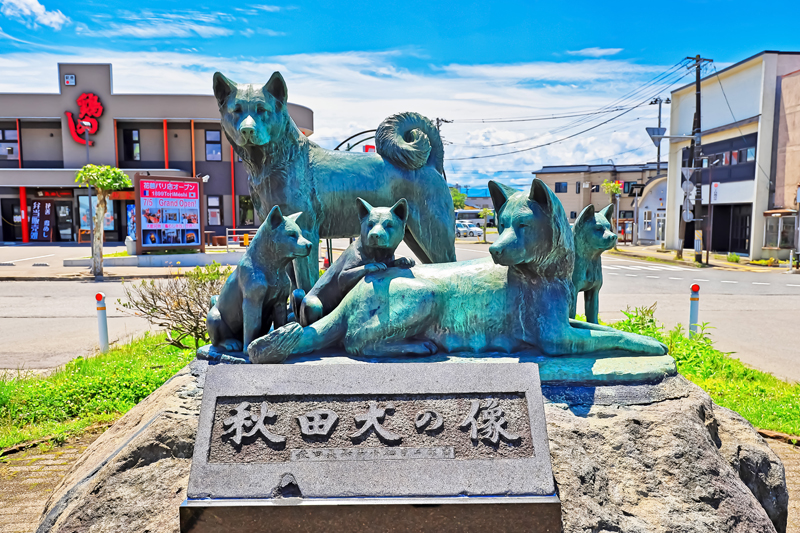
In addition, in front of Odate Station in Odate City, where Hachi is born, there is an ``Akita Inu Group Statue'' that mainly depicts Hachi in his youth, a ``Hachiko Bronze Statue'' in front of the entrance of ``Akita Inu Village'' in front of the station, and a ``Nostalgia of Nostalgia'' in front of the Akita Inu Hall. The statue of Hachiko is also displayed at Hachiko's birthplace and at Todaidate Station.
Six dog breeds, including the Akita Inu, have been designated as Tennen Monuments as native Japanese dogs.

Akita dogs,
- Akita dog (Akinu)
- Shiba Inu
- Kishu dog
- Shikoku dog (Shikoku dog)
- Hokkaido dog (Hokkai Dog/Hokkai Dog)
- Kai dog
The six species of Japanese dogs are known as "Japanese dogs."
All of the dogs were in danger of extinction by the beginning of the Taisho period, and were designated as natural monuments, and their bloodlines were somehow protected.
Akita dogs are the only large dogs among Japanese dogs, and in 1927 the Akita Dog Preservation Society was established in Odate City, and in 1938 the Akita dog standard , was established.
In order to be recognized as an Akita Inu, there are examination standards similar to the constitution.
The Akita dog standard strictly stipulates the forelimbs, hind legs, tail, coat, and fur color
Moreover, there are also criteria for deduction and disqualification, and it is said that there are over 200 examination criteria. This is almost always followed at the current Akita Dog Review Committee (Headquarters Exhibition).
It has triangular ears that stand up, a curly tail, and fluffy fur. Besides that, there are many rules for purebred Akita dogs. If you are interested, please visit the homepage below.
INFORMATON
- akita dog standard
- URL: Akita dog standard
Akita dogs are more popular overseas than in Japan. The number of registrations in Japan is around 450 each year.
Despite the Akita Inu being designated as a natural monument and active conservation efforts being carried out, the number of Akita dogs kept has decreased significantly in recent years. According to the Akita Inu Station (Akita City), the number increased to 46,225 at its peak in 1972, but decreased to 2,038 in 2011. There are probably various reasons for this, but one major reason is that Japanese people prefer small dogs as pets. By the way, the number of registered dogs in 2022 is 474 (Japan Kennel Club / No. 1 Poodle is 83,916), and Akita Inu is 33rd overall. In 2016, there were 6,550 registered dogs worldwide (of which 2,628 were in Japan) due to the recent boom in Japanese dogs.
A facility where you can meet Akita dogs in Odate City
Akita Inu Village
Akita Inu no Sato is an Odate City tourist exchange facility located in front of JR Odate Station.

The building is modeled after Shibuya Station, Tokyo during the Taisho period, when the loyal dog Hachiko waited for his owner, the Akita Inu Exhibition Room, the Akita Inu Museum , where materials related to Akita Inu are displayed . It is also the tourist information center in Odate City.

A train car painted all green is preserved in the plaza. This vehicle is a vehicle called the Blue Frog (Tokyu 5000 type/leading vehicle Deha 5001 was manufactured in 1954) that ran on the Tokyu Toyoko Line that ran from Shibuya Station to Yokohama (Kanagawa Prefecture). By the way, it was transferred from the final owner, Shibuya Ward, to Odate City.

The site where Akita Inu no Sato is built is the site of the former Kosaka Railway Odate Station, which once connected Odate City and Kosaka Town, and the premises has been turned into a railway park The railway park has a popular rowing trolley

Akita Inu no Sato <Information>
- Facility name: Akita Inu no Sato
- Location: 1-13-1 Onaricho, Odate City, Akita Prefecture
- Phone number: 0186-59-4649
- Opening hours: 9:00-17:00
- Official URL: Akita Inu no Sato
Google Map
Akita Inu Museum

The Akita Inu Museum the 3rd floor of the Akita Inu Hall where the headquarters of the Akita Inu Preservation Society is located . Purebred Akita dogs are also bred there, and you can tour them.
Akita Inu Kaikan <Information>
- Facility name: Akita Inu Hall
- Location: 13-1 Sannomaru, Akita Inu Odate City
- Phone number: 0186-42-2502
- Opening hours: 9:00-16:00
- Admission fee: 200 yen for adults, 100 yen for children
- Official URL: Akita Inu Kaikan



![Hiyama Ando clan, ruled Akita during the Sengoku period and based in Noshiro [Akita Prefecture] Akita Fan](https://jp.neft.asia/wp-content/uploads/2025/03/0275d341934f847be3452ea4662d9a4e-150x150.jpg)
![The endemic Japanese crayfish, the endemic species of Japanese crayfish, is currently breeding in Odate City! [Akita Prefecture] 26234380_m](https://jp.neft.asia/wp-content/uploads/2024/02/26234380_m-150x150.jpg)
![Historic buildings in Odate City, sparing the war caused by the Boshin War [Akita Prefecture] A wonderful garden can be seen from the tatami room of Torigata Kaikan (former Torigata landlord's house) ©Odate City](https://jp.neft.asia/wp-content/uploads/2024/07/edbe4dbfd0fab012caccc9dc56b1bb39-150x150.jpg)
![[Akita] Traditional winter sweets event! What is “Amekko City” in Odate City? 1ac3a1f21437c998188c16e5dfc8c65e_m](https://jp.neft.asia/wp-content/uploads/2017/03/1ac3a1f21437c998188c16e5dfc8c65e_m-150x150.jpg)
![The history of Odate, which played an important role in the borders of the domain during the Meiji Restoration [Akita Prefecture] 1_IMGP2135](https://jp.neft.asia/wp-content/uploads/2024/02/1_IMGP2135-1-150x150.jpg)
![[Akita Prefecture/Oga Peninsula] Full of view points. Oga Peninsula, a magnificent park created by the earth 3D84CC3D4A133D89422D448F000C277B](https://jp.neft.asia/wp-content/uploads/2024/04/3d84cc3d4a133d89422d448f000c277b-150x150.jpg)
![[Akita Prefecture] Let's stay at a roadside station! Introducing roadside stations with accommodation facilities in Akita Prefecture! Akita Catch](https://jp.neft.asia/wp-content/uploads/2024/09/979a38324ff45520e274bdc0cee6df5e-150x150.jpg)
![[Hirogata reclamation history ①] The second largest lake in Japan has become a vast rice field [Ogata Village, Akita Prefecture] 7561d23df2a0ec24c664e184c3fc8d8f](https://jp.neft.asia/wp-content/uploads/2024/07/7561d23df2a0ec24c664e184c3fc8d8f-150x150.jpg)
